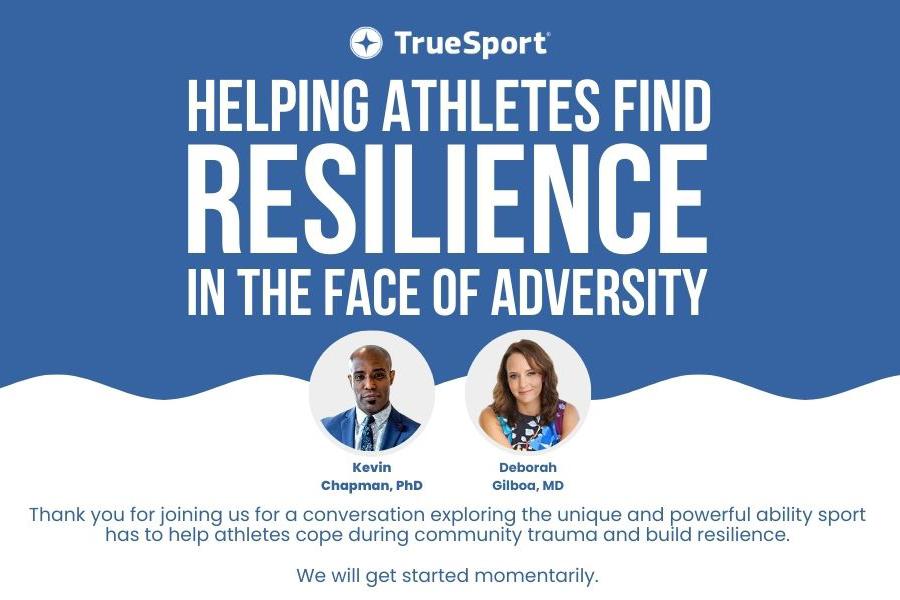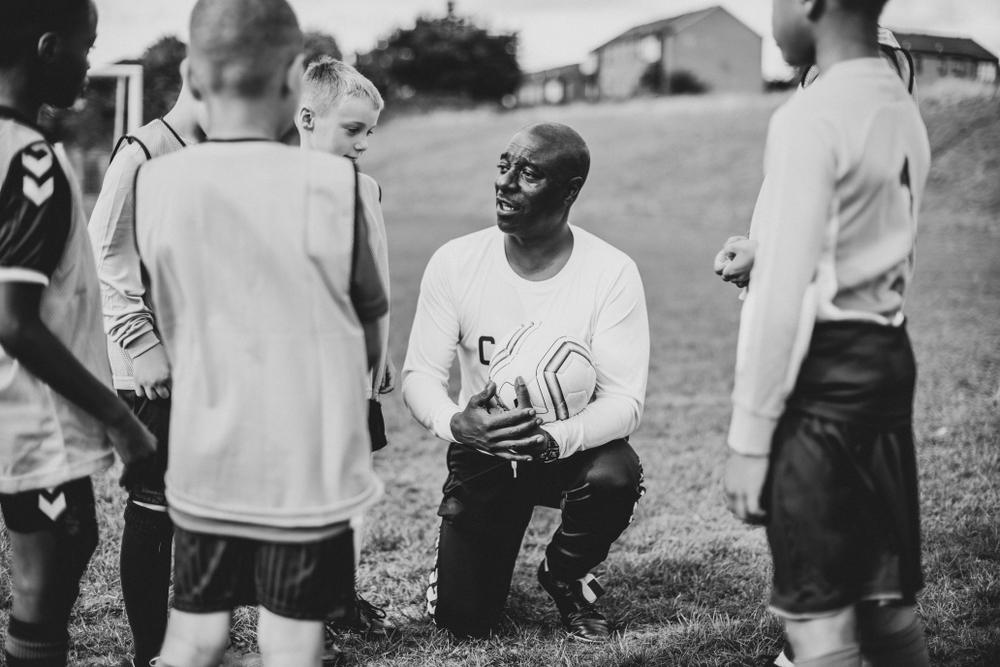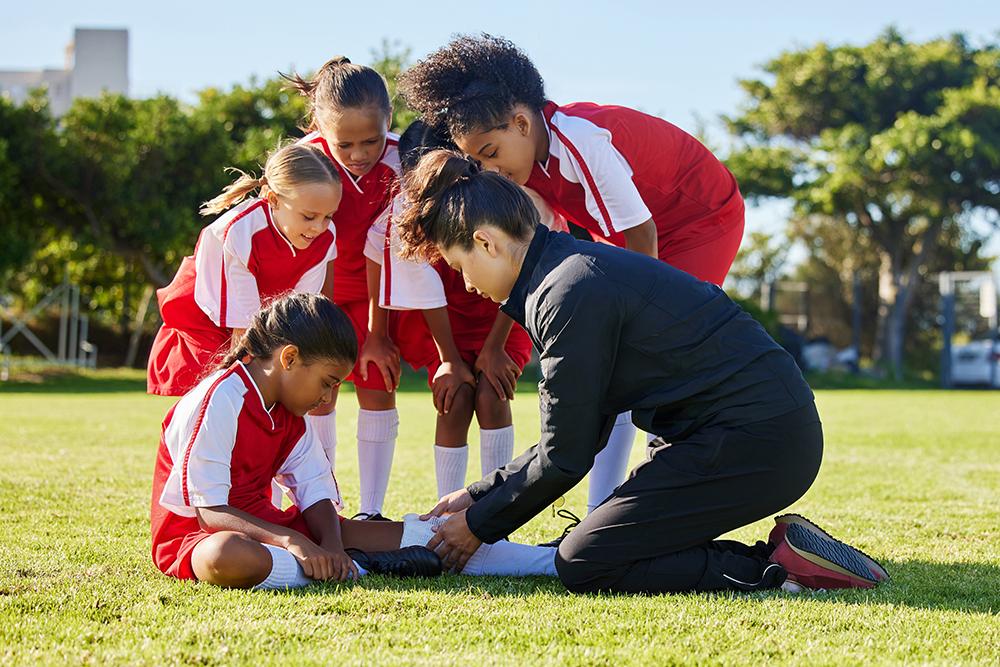Resilience and grit are often used as interchangeable words, but they’re not. Resilience is the ability to go through a change, not just adversity, but any change, because change is hard, is to go through any change and come through it closer to the kind of person that you want to be. Grit is the ability to handle struggle. That idea of grit has adversity or difficulty in the mix, meaning you have to be going through something hard in order to get stronger and that’s a myth. That’s a myth that we have in our society that going through hard things automatically makes you stronger.
When you think about it, you probably know people who’ve been through a lot of hard things and every time it’s just as hard, it doesn’t seem to be getting any easier for them. We also have this idea that only by going through hard things can you become more resilient. It’s absolutely true that we feel like, well, we have to suffer to get stronger. We have a lot of idioms about that in our society. We hear what doesn’t kill you makes you stronger, through suffering comes success. That idea is comforting because when hard things are happening, when we’ve lost a game, when an athlete is injured, we use this to encourage, to say, “There are better days ahead.”
But accepting the flip side of that, that if we want there to be better days ahead, there has to be struggle can put us in a tough spot. It can accidentally encourage coaches and adults and even other athletes to say, “Well, we got to make this feel impossible. We’ve got to make this harder and that’s how we’ll make each other stronger.” When actually most people respond better to challenge, which isn’t always the same thing as struggle, and encouragement and empathy.
When we want kids to try harder or do something that they think is really uncomfortable, the research shows us that the kids who feel most confident, most able to extend themselves to try something they haven’t tried before, or to try again when they haven’t succeeded in the past are the ones who feel more supported and more lifted up, not the ones who feel fear, that the chemicals that get released in a child or an adult’s brain when they feel supported, when they feel connected, when they feel seen as happens best with empathy, those are the times where they are most open to change, they’re most open to trying something new, and that the chemicals like cortisol that we feel when we feel threatened or at risk or in danger shut us down to our most basic reactions.
That’s when you see kids have a lot of what we emotional dysregulation, where they act out in negative behaviors because of those big emotions that aren’t getting the support and the connection that they need. There are a bunch of things that coaches can do to prepare athletes for difficulty or change that will really help them when they’re in that situation. When we want to build the skillset of resilience in athletes, preparation is a great way to do it.
The first thing that they can do is to look with that young athlete at other examples of people in their sport achieving great success and also having really big struggles and ask the athlete in that situation, “How do you think? What do you think that athlete was feeling when they were having a hard time? What do you think helped them to keep going?” Then not assuming that it’s the same thing, ask, “What do you think you will feel in those situations and what would you need to be able to get up and try again?”
So asking, first, for the coach to learn a little bit more about that athlete, but much so so that the athlete can learn more about themselves, about what would help me in that situation, what do I respond well to. That self-efficacy, that ability to express their own emotions or perceived emotions in that struggle or situation and to say, “Okay, if I’m going to need help, this is the kind of help specifically that I need to ask for,” will make them more resilient when they’re in that situation.
The second thing they can do is use that when not if language. When you’re injured, when you miss the goal, when you didn’t hit your times, what support do you need to get up and try it again? When we use when language instead of if language, we take away the idea for that athlete that we will be so disappointed in them there’s no point in going on. We say, “When this happens and we believe that it will at some point happen,” even if we want to promote in that athlete, this idea of success, if we do not leave room for the struggles by letting them know we know there are going to be struggles, then they don’t prepare for them and that preparation makes a really big difference.



